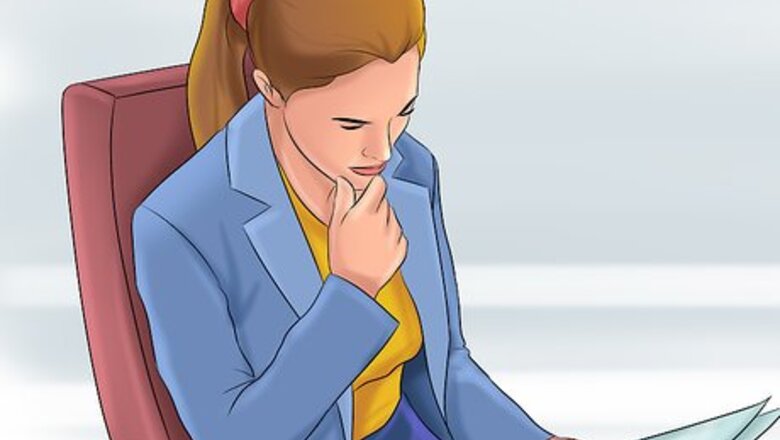
views
Summarizing the Facts
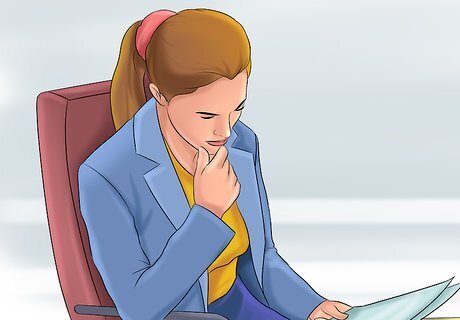
Read the case. You should read the case through at least once from beginning to end until you attempt to figure out which facts are most important or analyze the court's holding. It's difficult to correctly determine what was central to the court's reasoning until you've read it all the way through. The first time you read through a case, don't worry about trying to understand it. Just read for a sense of what's happening, who the major parties are, and what they want the court to do. Keep in mind that legal opinions aren't written for laypeople, or even for law students or attorneys – they are written for other judges. If you don't understand something (assuming you're not an appellate court judge), there's nothing wrong with that. You may have to go outside the opinion itself and look at other articles about the case, and then come back to it. For example, if you're reading a case that caused quite a stir in the media when it was decided, there will no doubt be newspaper and magazine articles about it. Reading those can help you better understand the court opinion. Many cases have summaries that appear before the case and let you know the basics of what happened, the issue before the court, and how the court resolved that issue. The summary can be helpful, but don't use it as a substitute for an initial read-through of the case.

Identify the parties. Figuring out who is suing whom may seem like the easiest part of analyzing case law, and often it is. However, if a case has been through several layers of appeal it can be difficult to discern how the case was originally presented. To make party identification even more confusing, party names may switch sides of the "v." in the case caption depending on who appealed. For example, suppose when a case began, Sally Sunshine sued Marvin Moon. The case's caption would be "Sunshine v. Moon." The trial court found in favor of Ms. Sunshine – but Mr. Moon appealed. The caption then became "Moon v. Sunshine." To continue the example, suppose the appellate court found in favor of Mr. Moon, but Ms. Sunshine appealed that ruling to a higher court. Now the case's caption is "Sunshine v. Moon" again. Since litigants in written opinions typically are only identified by their roles – appellant and appellee, for example – their names may only be mentioned once.

Outline the case's procedural history. Since all written court decisions involve a case that has been through at least one if not several rounds of appeals, you must be able to trace the path the case followed from the initial lawsuit through the court system to end up before the court that issued the opinion you're reading. Since the procedural history determines the role of the litigants, and thus what each of them is called throughout the written opinion, understanding how the case moved through the court system – who sued whom, and who appealed – is paramount to understanding the case. At the same time, you don't need to go into too much detail here. You just need to understand who filed the original lawsuit (which will help you understand the facts of the case), the decision at trial, and who appealed and why.
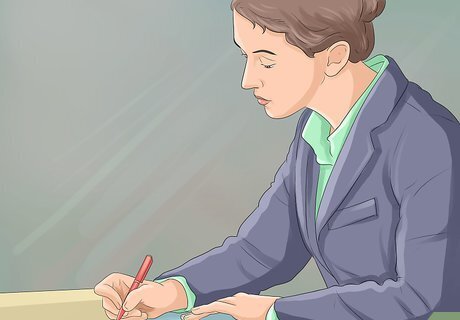
Isolate the relevant facts. At the root of every case, there always is a story of a dispute between two parties – but not all of the facts and circumstances surrounding this dispute will be important to the holding of the case. To analyze case law, you must determine which parts of the story are relevant to the issue presented to the court that made the decision. At the appellate level, the courts are concerned with legal issues, not questions of fact. So, for example, if you are reading a case that came about as a result of a bar fight, the factual question of whether one party assaulted the other has already been resolved. In many cases, the initial facts that prompted the dispute may be summarized in a sentence or two. Often, what's really important is what happened afterward. Keep in mind that not all judges are the best writers. While you may be tempted to believe a particular fact is important because the judge who wrote the opinion spent several paragraphs discussing it, this is not necessarily the case. As you read more and more cases, particularly if the cases you read are focused on a particular court, you will become familiar with the styles of individual judges. This can make it easier for you to immediately notice when the judge is focusing on facts he or she believes are central to the case's holding.
Identifying the Issue and Decision

Determine the legal issue raised by the facts. The core of case law analysis is figuring out the exact issue or issues the court is being asked to resolve, and the process by which the court resolved it. Essentially, you're looking for what the person who appealed the lower court's ruling wanted to happen, that didn't. To find the issue, you must figure out what that person thought the lower court did wrong, and why. This usually isn't about something as simple as one person believing he should have been awarded more money, or a criminal defendant not wanting to go to jail. That might be part of an appellant's personal motivation, but to have a legitimate appeal you must be able to point to some way that the lower court made a legal error. In many cases, the legal error isn't an obvious error. The lower court may have applied the law correctly – but the appellant is arguing that her case is different from the cases that developed the rule the lower court used, or that the lower court should have used a different rule. Often in Supreme Court cases, there isn't a rule that can be handed down from previous cases and applied in this case, because no court has ever decided a case like this one. In these situations, it's up to the court to figure out how to tackle this new issue, and where it fits in to the long line of American jurisprudence.

Phrase the issue as a yes/no question. The simplest way to understand a court's reasoning and analysis of the legal issue before it is to create a question being asked of the court, and phrase it in a way that it can be answered with a straight yes or no. In some cases, the issue before the court involves multiple yes/no questions, or a follow-up question that is conditional on the answer to the first. This usually happens when a particular factual situation present in the case has never been explored by any other court. The court must first determine whether a particular law applies to that factual situation at all before it can decide how the law applies. For example, suppose a baker has been fined by the local government for creating cupcakes with expletives written in icing. The court may first have to determine whether icing on cupcakes is the sort of speech or expression protected by the First Amendment, before it can reach the real issue of whether the baker's First Amendment rights have been violated.
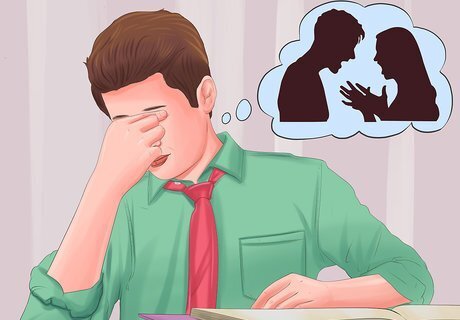
Provide the court's answer to the question. Since you've phrased your issue as a question that can be answered yes or no, in most cases the court's answer will be one of those words. However, some cases may have a more nuanced answer, such as "maybe" or "sometimes." Some judges have a very clear, straightforward writing style, and they'll phrase the issue as a question and answer it directly. However, this isn't usually the case. In most written opinions, you should expect to dig for the question and answer, which you'll have to craft yourself. When more than one question is asked, sometimes the answer to the first takes care of all the others. To look at the earlier cupcake-icing example, if the court had determined that no, icing on cupcakes is not protected by the First Amendment, the second question disappears. You don't have to consider whether the baker's First Amendment rights were violated by the fine, because she didn't have any First Amendment rights in the first place. When the answer is qualified with a "sometimes," any conditional questions that follow likewise will have qualifications. #Note any significant dissents. In many cases, particularly at the Supreme Court level, a justice who disagrees with the majority will issue a dissent. As time passes and court interpretation evolves, a significant dissent may end up being a majority opinion later on when the court reverses or overturns an earlier decision. There also may be concurrences, which are separate opinions written by justices who agree with the ultimate outcome of the case, but not with the reasoning the majority applied to get there. Often a concurrence can help you understand the majority's reasoning, particularly if it seemed convoluted on first read. Unless you understand where the case you're reading falls in the history and development of that particular area of law, you may not be able to recognize which other opinions are important until you do further research. If you're unsure, it's best to simply note other opinions – be they dissents or concurrences – and the key difference between them and the majority's opinion. Especially if you're reading a Supreme Court case, you also should note which justice authored the dissent or concurrence. As justices leave the court and are replaced, the values and judicial temperament of the majority also can change. A dissent from a decade ago may become a majority opinion tomorrow – often written by the same justice, now carrying the majority where he or she once held a minority view.
Understanding the Reasoning
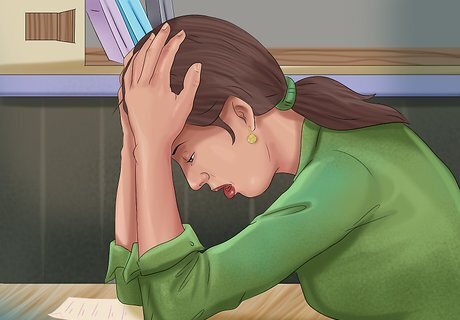
Identify the legal rules used by the court. The rules used by the court to apply the law to a case's facts typically are precedents established by previous court decisions in similar cases. Make note of the case from which the rule came, although typically it's not necessary for you to go back and read the case itself to understand the rule. However, if a significant portion of the opinion discusses the previous case, you may want to go back and read it as well so you have a better understanding of what the court is talking about. In some opinions (especially those penned by judges with straightforward writing styles), the rule used by the court will follow trigger phrases such as "the rule we apply is" or "we decide this case by applying the rule from" – phrases that alert you the court is about to tell you exactly what rule they used. Most opinions won't be this direct, and require a closer analysis of the language to ascertain the rule the court used. Sometimes you can figure this out by working backwards. Read the court's decision, and then follow the court's train of logic in reverse until you reach the rule.
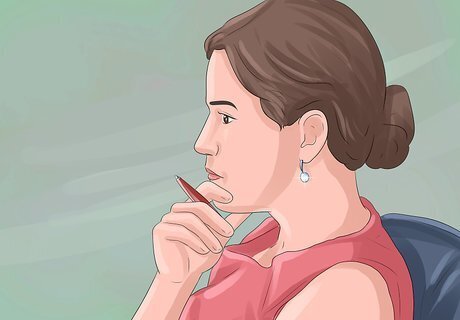
Apply the rule to the facts of the case. The court typically applies related precedents to the facts of the case at hand using analogy. Arguments from opposing sides at the appellate level typically offer competing analogies, and sometimes argue that different precedents should apply. The application of a legal precedent to the facts of a case is the heart of legal analysis. This typically is done using similes. Seldom has the exact issue been presented before – to make a decision, the court must determine that this case is like a different case, and therefore the same rule should apply. Keep in mind that, especially if you're analyzing a Supreme Court case, the court wouldn't have accepted that case on appeal if it didn't present a new issue that had not already been decided in an earlier case. For this reason, there likely won't be a precedent that is entirely on point, or a previous case with the same fact pattern in which the same issue was raised and decided. Rather, the court must compare cases to find a rule that applies closely and is based on a similar situation that is analogous to the dispute presented.

Highlight facts the court found most important. Among the relevant facts you've already identified, some will be more important than others because they represent the reason the court chose one rule over another, or applied the rule in a particular way. Sometimes the easiest way to locate the court's pivotal fact or facts is to consider what would have happened if they'd chosen to focus on a different fact. For example, if the court in the case of the beleaguered baker had decided to focus on the fact that cupcakes are food, and food has never been protected under the First Amendment, it might have arrived at a different decision than it did. Because the court focused instead on the fact that the baker wrote words with icing, just as writers write words in ink, and concluded that written words inarguably enjoy First Amendment protection. Although many other facts may be relevant, or important to some other aspect of the case, those aren't the facts that made the court rule the way it did.
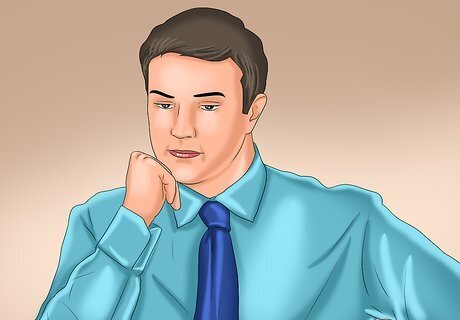
Consider how the rule would apply to different facts. Once you've mapped out how the court arrived at its decision, imagine different (but similar) factual scenarios, and apply the rule the case established to those facts to see what the result would be. No court case exists in isolation. Once a court issues a decision, the legal interpretation and rules it establishes become part of the larger body of law devoted to that particular issue. Each opinion helps future courts understand more about the statute or constitutional provision at the heart of the case. You don't have to wait for future courts to apply the rule you've just learned to other cases, however. Take the facts in the original case and twist them slightly, then apply the rule yourself. Law professors call these imaginary cases "hypotheticals," and spend a good portion of class churning them out and asking their students to apply the rule they've learned to sometimes bizarre and convoluted stories.















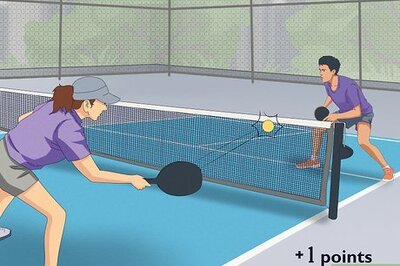




Comments
0 comment